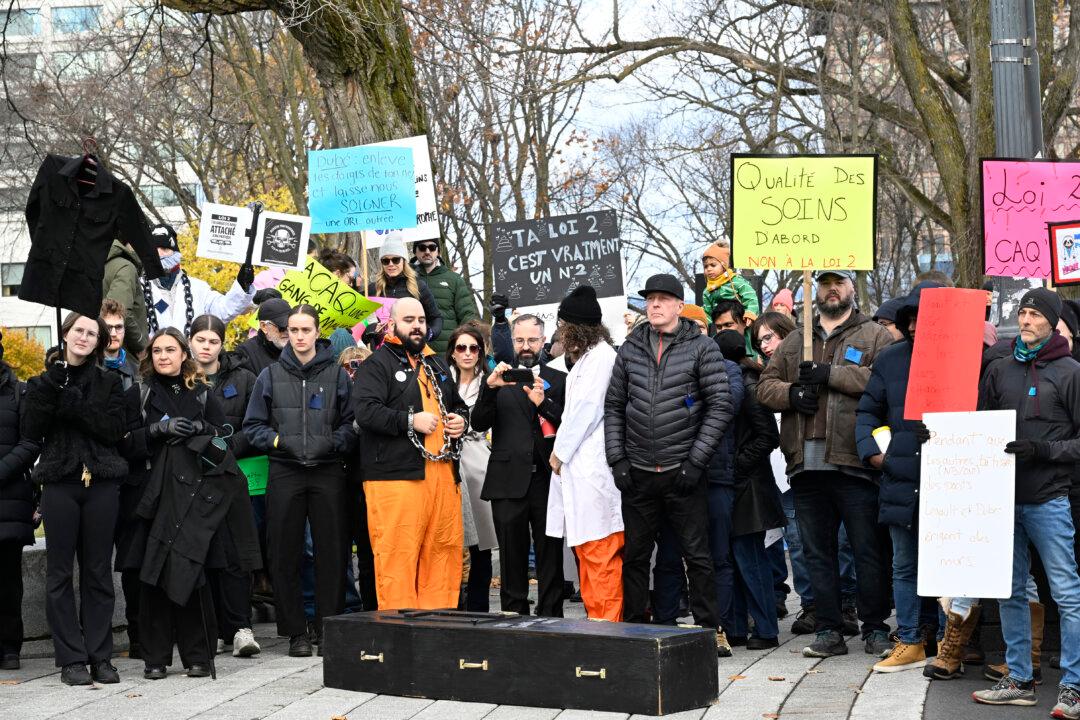OTTAWA—Use of social media, the spread of “citizen journalism,” and the involvement of young people are among the key trends highlighted by a federal analysis of protest activity in Canada over the last half-decade.
A growing geographic reach and an apparent increase in protests that target infrastructure such as rail lines are also boosting the impact of demonstrations, says the Government Operations Centre analysis, obtained under the Access to Information Act.
The Canadian Security Intelligence Service included the spring 2014 risk forecast in materials prepared for two meetings of the deputy ministers’ committee on resources and energy last April. The meetings were driven by the government’s desire to plan for protests that might happen in response to resource development decisions on projects such as the Northern Gateway pipeline.
The newly released documents heighten fears about government anti-terrorism legislation that would allow much easier sharing of federally held information about people, said Josh Paterson, executive director of the British Columbia Civil Liberties Association.
“To us, this just looks like the example of exactly why we ought to be concerned about these provisions.”
The operations centre—an Ottawa-based hub that would figure heavily in responding to a national emergency—based the forecast for the spring and summer protest season on statistics gleaned from more than five years of significant demonstrations in Canada. It also drew on the results of an April 2014 meeting that included nine other federal partners.





